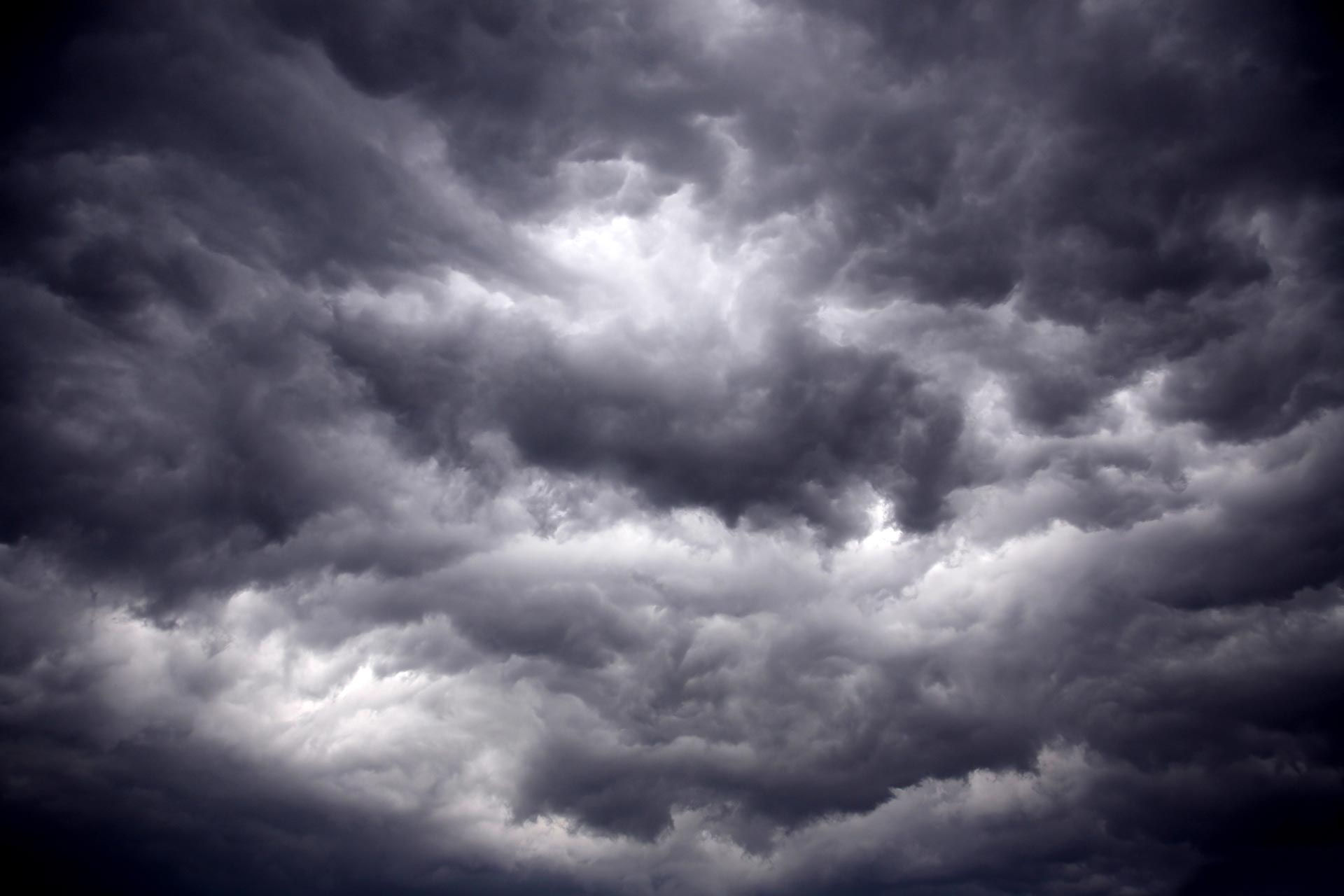
Hurricane Andrew

Hurricane Andrew; ABCnews.com
On the morning of August 24th, 1992, the category five hurricane, Hurricane Andrew, hit Dade County, Florida with 165 mile per hour winds. Hurricane Andrew started off as a tropical wave from the coast of Africa on August 14, 1992 but was quickly classified as a tropical storm by the 17th. On the 23rd it passed over the Bahamas, then traveled to the Florida Peninsula, through the Gulf of Mexico till it hit Louisiana.
An evacuation warning was advised on the 23rd but some still wanted to stay regardless of what they knew was coming, others went to the shelters. The grocery stores were packed well into the hours of the morning so people could stock up and the waiting began. On the 24th when the hurricane started to strike, trees were uprooted, ceilings collapsed, and cars were pushed over because of the force of wind. People were terrified but nothing prepared them for what waited outside.
The damage was unheard of, Hurricane Andrew caused 26 deaths, indirectly 39 more, and created $27.3 billion in damages. Until Hurricane Katrina in 2005, Hurricane Andrew was the most expensive Hurricane to date. It hit Dade, Florida, specifically Homestead, the hardest by destroying more than 25,000 homes and damaging 100,000 more. A curfew went into effect after the hurricane from 7pm to 7am to help prevent looters from being able to steal.
The aftermath caused suffering and fear. The impact included communities, shelter and businesses, crumbled to the ground, along with no water, or food. People’s livelihoods were gone. Looters were everywhere and chaos ensued. Traffic was a disaster and there was a desperation over basics like ice.

Hurricane Andrew; MiamiHerald.com
President Bush made a national appeal for donations to help repair the sections that were hit the hardest and emergency first responders set up multiple areas with tents so that people could sleep in a safe place. There was a unity that happened with the community however and through the chaos neighbors helped each other and people gave what they could.
To help achieve normalcy, one of the major projects was to rebuild the schools. In Dade County, there was damage to more than 270 schools. The Army Corps of Engineers came in and put 600 portable classrooms to help accommodate the massive amount of children that needed to go to school but still many kids had to travel a ways to attend school on the first day.
Hurricane Andrew created major devastation and destruction that reminded Florida and the world what natural disasters can do. It was an eye opener to prepare better and have first responders and emergency managers at the ready to help provide aid for the aftermath. Hurricane Andrew created impacts that affected Florida for years to come and these types of natural disasters are only becoming more often with more magnitude because of climate change.